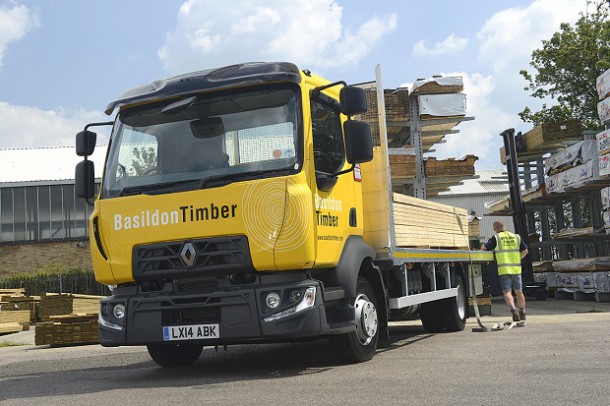Keith Tanner wrote:
The various "3D printing" methods out there are really interesting. I'd love to hear Tuna's experiences, especially at the exotic end. It's not all just pooping little pieces out of a nozzle, the laser sintering tools look like they have real potential but I suspect they're a long way from being a cost savings for most.
I cannot comment too much, both because it's not really what I do every day, just some other folks a few hundred yards away, and also because of intellectual property.
Instead, I'll just point you to some publicly available sources which may give you some insight.
http://www.techrepublic.com/article/how-ge-is-using-3d-printing-to-unleash-the-biggest-revolution-in-large-scale-manufacturing/
The end result is an engineering marvel, one monolithic piece that has replicated the complex interior passageways and chambers of the old nozzle down to every twist and turn thanks to the miracle of direct metal laser melting where fine alloy powder is sprayed onto a platform in a printer and then heated by a laser, and repeated 3,000 times until the part is formed. What makes the new nozzle so special isn't just that it has converted a many-steps engineering and manufacturing process into just one. It is also a miracle of material science since it happens to be both 25% lighter in weight, as well as a staggering five times more durable than its older sibling, all of which translates to a savings of around US $3 million per aircraft, per year for any airline flying a plane equipped with GE's next generation LEAP engine, developed by CFM International, a joint venture between GE and France's Snecma (Safran).
http://www.bizjournals.com/boston/news/2016/10/07/viewpoint-from-assembly-line-to-digital-thread-the.html
https://3dprint.com/127906/ge-smart-factory/
http://www.gereports.com/inside-ges-brainy-factory-of-the-future-what-happens-when-you-link-3d-printing-and-the-internet/
This last link is a bit closer to home
Larger than two football fields and emblazoned with a giant GE monogram, the facility is like a massive toolbox from the future. It holds a sleek “microjet” cutter that sends a laser beam through a thin stream of water and cuts shapes into the hardest metals that are so precise they look almost alien (see below). There are rows of industrial-grade 3D printers and ovens with argon atmospheres that cure parts made from light and heat resistant supermaterial called ceramic matrix composites (CMCs). Elsewhere, a robot nicknamed Autonomous Prime after the Transformers character Optimus Prime, scans its work area with LIDAR eyes — the same technology used by Google in self-driving cars — and services a computer-controlled milling machine. Much of the technology here comes embedded with sensors that stream data over secure Industrial Internet links into the cloud for analysis and insights.
...
The type of 3D printer GE Aviation is using is called a direct metal laser melting machine. It uses a laser beam to fuse layers of fine metal powder together and grow the part from the ground up. But Goodwin’s parts were too large and took too long to print on DMLM machines to be economical.
Goodwin told his team to find a more cost-effective machine. Since 3D printing is still so new, the only faster machine they could find was a 3D printer with two laser beams that wasn’t even on the market. “We bought three of those,” Goodwin says.
It was a risky move and problems quickly popped up. “We followed the instructions, but the metallurgy wasn’t good.” His team spent four months analyzing 200 different software parameters and made 400 hardware modifications before they debugged the machines. This spring, they used them to optimize the design of a 3D-printed fuel nozzle for GE’s latest-generation gas turbine and bring it to production. The new design lowers the machine’s nitrogen oxide emissions and increases power output and efficiency. “We were able to run through 10 design iterations in just a few months and then ship the final version into production four months later,” Goodwin says. “Normally it would take us a year.”


































